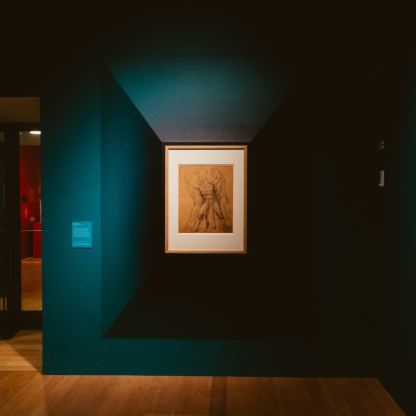Gold of the Great Steppe
The Saka culture of Central Asia, flourishing 2,500 years ago, is largely unknown outside Kazakhstan. This exhibition will present artefacts from the extraordinary burial mounds of the Saka people of East Kazakhstan.
Recent excavations and analyses led by archaeologists from Kazakhstan have helped us understand much better how the Saka lived and travelled, the things they made and what they believed in. They have revealed a distinctive, advanced society, which is still being uncovered as modern archaeological methods enable scholars and scientists to find and analyse not only burial mounds but also the remnants of settlements.
The Saka occupied a landscape of seemingly endless steppe to the west, bounded by mountains to the east and south. Known as fierce warriors, they were also skilled craftspeople, producing intricate gold work. Their artistic language indicates their deep respect for the animals around them – both real and imagined. They dominated their landscapes with huge burial mounds of ambitious construction, burying elite members of their society with their horses.
This exhibition will be built around material from three different burial complexes in East Kazakhstan: Berel, Shilikty and Eleke Sazy. Saka society included agriculturalists, pastoralists, nomads, settled people, warriors, those engaging in ritual practice, with immense technological skill and deep knowledge of wild and tamed animals. Only now are we beginning to understand their culture and how it relates to the people who live in Central Asia today.
Explore our films - a playlist
Curators and experts behind this exhibition
Associated Galleries
Sign up to our emails
Be the first to hear about our news, exhibitions, events and more…
.jpg?key=exhibition)

.png?key=exhibition)
